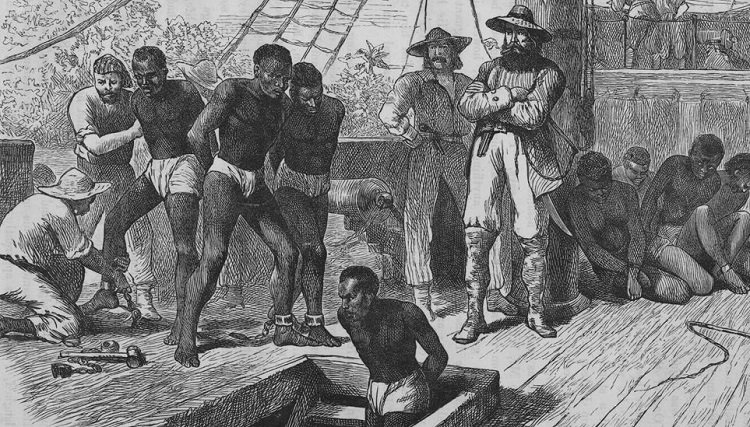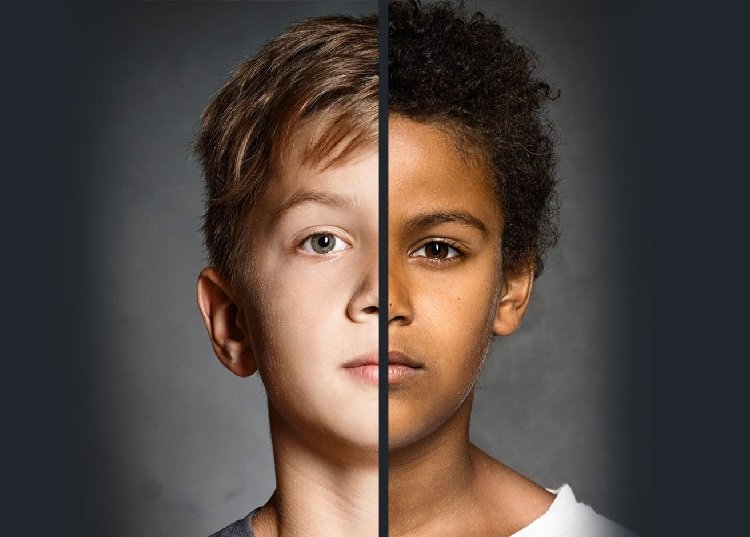In recent years, racial divisions have become increasingly prominent across the United States. While racism has been a part of American society since its inception, it is currently more visible and divisive than ever before. What factors are responsible for this increase in racial tension? Let’s take a look at the underlying causes.

Historical Inequalities & Oppression
The first factor contributing to current racial divisions is historical inequalities and oppression. The legacy of slavery, Jim Crow laws, and other forms of discrimination have created an environment in which individuals from different ethnic backgrounds are not treated equally. This inequality has led to long-standing resentment between races and continues to be a major source of division today.
See also: The Evolution of Women’s Rights in U.S History

Income Inequality
Another factor that contributes to racial divisions is income inequality. Research shows that income disparities between Blacks and whites are still greater than they were 50 years ago, with African Americans facing greater levels of poverty than their white counterparts. This inequality has caused feelings of alienation among many Black Americans who feel they are being left behind while their white peers move forward economically.

Discrimination in Education
Finally, there is evidence that discrimination still exists within the education system in the United States. Studies show that Black students are disciplined more harshly than white students for similar offenses, leading to a sense of injustice among Black youth – particularly those from low-income households who may already feel disadvantaged by their socio-economic status. These discriminatory practices have contributed to further divisions between races as well as mistrust towards educational institutions as a whole.
See also: Assessing the Impact of Immigration on American Society

Political Polarization
The political landscape has also played a role in creating a divide between races in America. With rising tensions between Republicans and Democrats – as well as left-leaning individuals versus right-leaning individuals – it seems that no matter which side you are on, you are just as likely to feel animosity towards people who don’t share your same beliefs. As we have seen with recent events such as Black Lives Matter protests and counter-protests from pro-police organizations, political polarization can lead to further division among races in America.

Media Bias
Finally, media bias is another major factor contributing to rising racial divisions in our country. For instance, certain news outlets may be more inclined to report stories that show one race or group of people in a negative light while barely mentioning any positive stories about them or their accomplishments. This type of reporting only serves to perpetuate stereotypes and reinforce existing biases against certain ethnicities or races; something that can contribute significantly towards increased tension between different groups of people within America.
Conclusion
Racism and racial divisions have been present throughout all aspects of American life for centuries. Today, these issues continue to plague our society as we grapple with historical inequalities, income disparities, and discrimination within our education system – all of which contribute to increasing tensions between different ethnic groups living in the US today. It is essential that we address these issues head-on if we truly wish to make progress toward achieving true equality amongst all races. Only then can America begin to heal its deep divisions and create a more unified country for everyone regardless of race or ethnicity.
